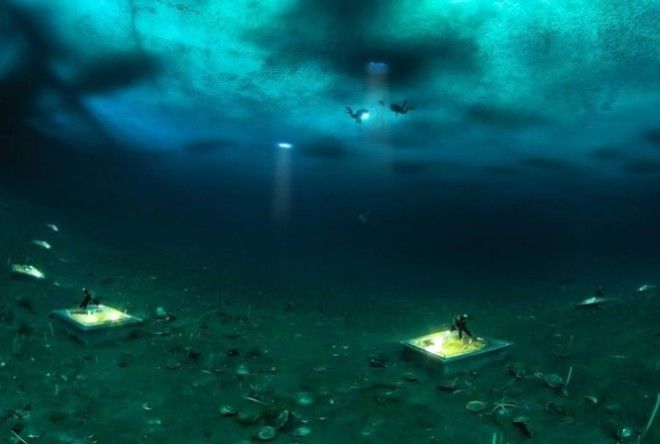The scientists, from New Zealand and Finland, call themselves Science Under the Ice, and their mission is to discover how Antarctic seafloor ecosystems are being reshaped by climate change. To do so, they trekked out to the southernmost marine ecosystem on the planet where a human can dive: the crystalline waters beneath Antarctica’s Ross Ice Shelf.
The last time they visited this particular patch of seafloor was in 2009. In 2017, things look markedly different. The seafloor around the diving site of New Harbour, once a sparse plain peppered with the occasional urchin or sea star, was positively teeming with life.
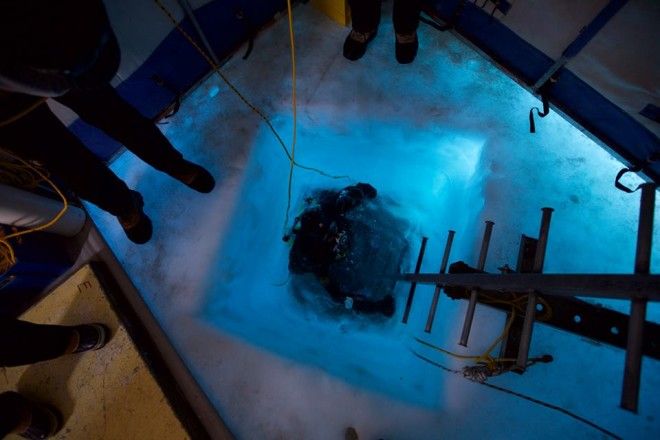
“The most interesting finding so far is that it seems that changes in Antarctic seafloor communities can be unexpectedly rapid,” expedition member Joanna Norkko told Earther. “What used to be a sparse and food-deprived animal community on the seafloor is now much richer with more species and higher densities of animals. The difference is striking.”
It’s still early days for understanding why these changes have occured. During six weeks of diving at two sites—New Harbour and Cape Evans—the nine-person research team collected sediment samples, water samples, tissue samples, and troves of video footage of the seafloor, “so that we can count the animals living on the seafloor and assess whether there have been any changes over the last 15 years,” Norkko said. They also conducted experiments in situ, placing 50 x 50 centimeter chambers on the seafloor and using them to study links between seafloor life and nutrient cycling.
Processing all of the samples back at their labs in New Zealand and Finland will take months. Analyzing the data and publishing it in scientific papers will likely take years.
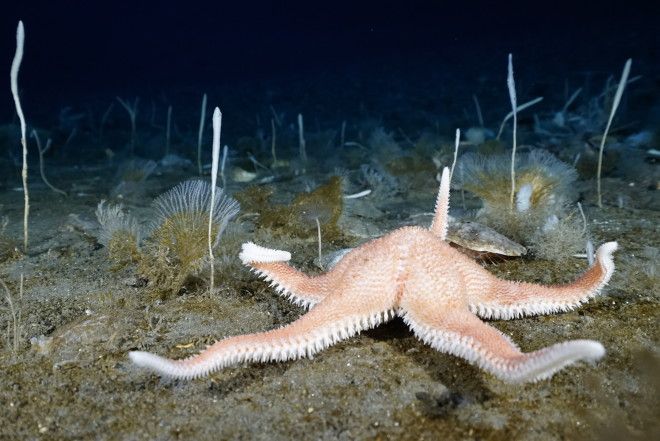
But right now, the researchers can say a few things about the changes they saw, based on one stark fact: Over the past few years, sea ice in this region of the Ross Ice Shelf has thinned dramatically. This allows more light to break through to the seafloor some 15 to 20 meters down, which can fuel the growth of algae at the bottom of the food chain.
“The rich community now observed is most likely a rapid response to the sea ice breaking out two years in a row, resulting in more light and higher productivity in the ecosystem,” a statement shared with Earther reads. At new New Harbour, the sea ice, which can persist for years without breaking and grow up to 4.5 meters thick, is right now just 3 meters (10 feet) thick.
The cause of the recent ice thinning is still being investigated. (Evidence points to a series of powerful storms causing Antarctic sea ice to crash last year.) But recent trends may offer a preview of what’s to come as climate change fuels the retreat of ice over the decades and centuries ahead.
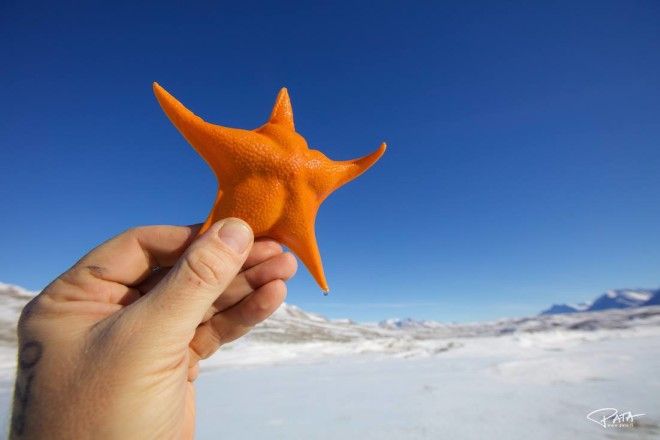
“Occasional events like the breakout of sea ice provide important insights into how the ecology of the seafloor will respond to global warming,” the researchers write in the statement.
Norkko emphasized that just because the seafloor community around New Harbour seemed especially vibrant this year does not mean climate change will be “good” for Antarctic marine ecosystems.
“Rather it shows that the marine ecosystem is very strongly dependent on sea-ice conditions and that changes may happen fast,” she said. “We cannot yet predict what these changes will lead to in the future.”
Science Under the Ice has been sending diving expeditions to New Harbour and Cape Evans since 2001. Each time they visit, the scientists sample the seafloor communities in a standardized way, so that they can assess changes over the nearly-20-year study.


For a couple of the team members, this was their 12th scientific diving expedition in Antarctica. According to Norkko, it never gets old.
“Diving in Antarctica is fantastic,” she said. “The water is usually crystal clear at this time of the year and visibility can be hundreds of meters. Above the surface, Antarctica is rather white, with just snow, ice, rock and a few penguins and seals, but underneath the ice, there is a rich and unique seafloor community.”
Each day of diving operations, the team did two approximately 45-minute dives in the morning, and another two in the afternoon. During each session, two divers enter the water and a safety diver waits at the surface, ready to jump in in case of an emergency.
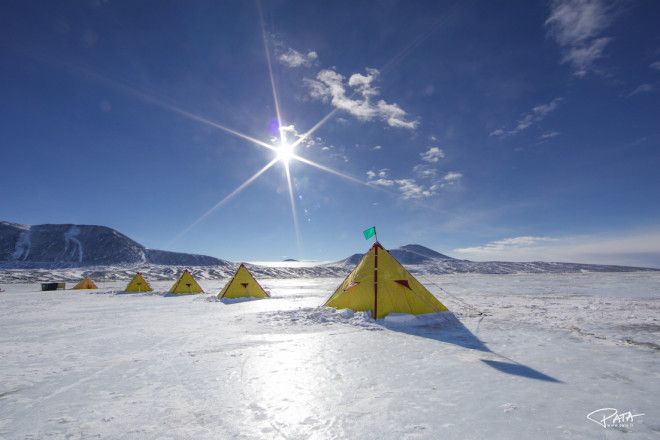
While the safety diver has never been used, divers do encounter challenges, namely the temperature. Ocean temperatures beneath the Ross Ice Shelf hover just below the freezing mark, the water staying liquid because of the high salinity. The divers wear dry suits with thick undersuits, but despite the extra protection they get really cold.
Divers also need to keep a close eye on any seals, which sometimes will take an interest in diving holes and decide to block them. “A 300 kg seal that does not want to move away from your dive hole is a bit of a problem,” Norkko said, adding that this has never happened to her team, thankfully.
Science Under the Ice has successfully completed all of its field work for 2017, and the team is en route back to New Zealand. In addition to sorting and analyzing all of the samples, the group plans to continue updating their Facebook page with spectacular video footage and images collected during the expedition, including 360 VR footage from beneath the ice.

Getting the public excited about Antarctica’s weird and wonderful ecosystems is a huge part of their mission.
“We have filmed every step of the expedition, from preparations, to actual field work and everything involved, to show the general public all the things that are involved in doing science,” Norkko said. She added that Antarctica’s hidden ecosystems are “something we want all people to see.”
